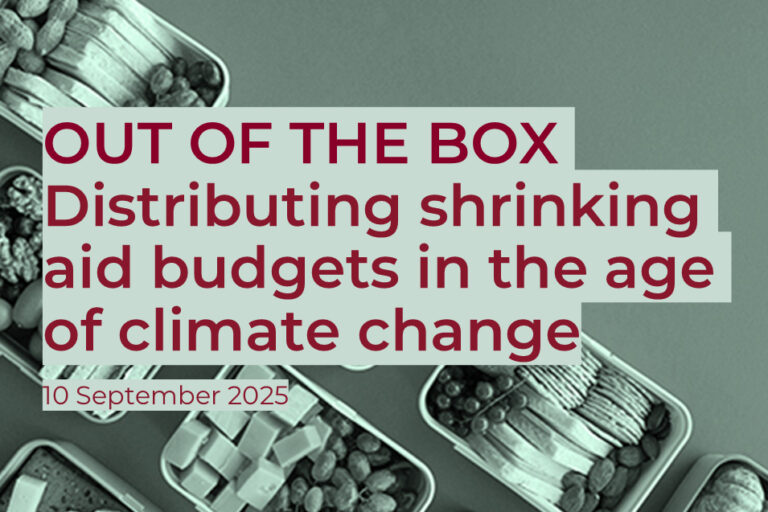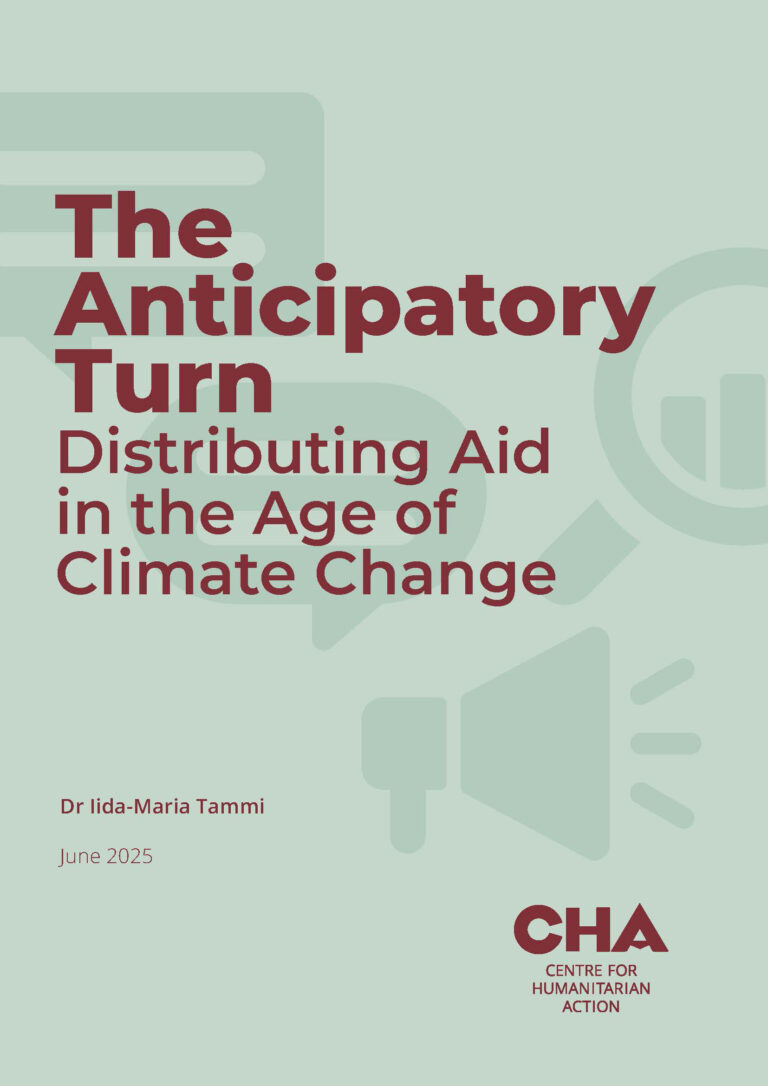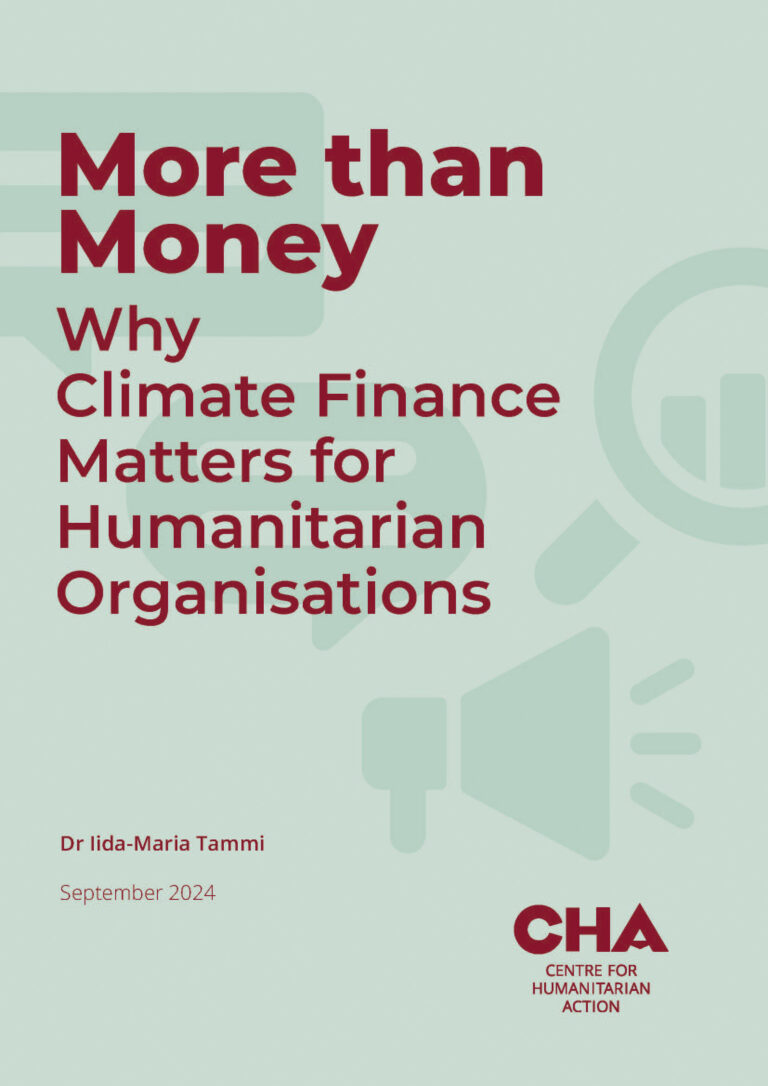| Date: | 10.09.2025 |
| Time: | 13:00 - 14:00 |
| Location: | Zoom |
Can anticipatory action help address the humanitarian impacts of the climate crisis? Expert discussion on opportunities, tensions and potential tradeoffs.
Anticipatory action is often described as a programmatic innovation that can make humanitarian response more effective, efficient and dignified. Unlike traditional post-disaster emergency relief, anticipatory action makes assistance available to vulnerable communities before a crisis strikes. It typically involves the use of pre-agreed activities, triggers and decision-making rules to act ahead of predicted hazards, with the aim of significantly reducing or even completely preventing their acute humanitarian impacts.
This Out of the Box session explored the ways in which anticipatory action can address the humanitarian impacts of climate change and which tensions arise from this approach. Among others, it asked:
- How is anticipation impacting the distribution of resources between different types of emergencies?
- How are acute versus future needs weighed against each other?
- And how is a more proactive approach to aid provision shaping the relations between implementing organisations, local governments, and international donors?
The session touched upon the normative implications of shifting towards early humanitarian action. It presented key findings of the new CHA research paper “The Anticipatory Turn”, authored by Dr Iida-Maria Tammi and published in June 2025.
The event also featured inputs by
- Dr Tanja Hendriks, Post-Doctoral Research Fellow at Katholieke Universiteit Leuven (Belgium) on humanitarian climate governance in Malawi and
- Stefanie Lux, Lead on Anticipatory Action, German Red Cross, on the organisation’s experience with anticipatory humanitarian action.
Format: Online
Language: English
The event was recorded:






